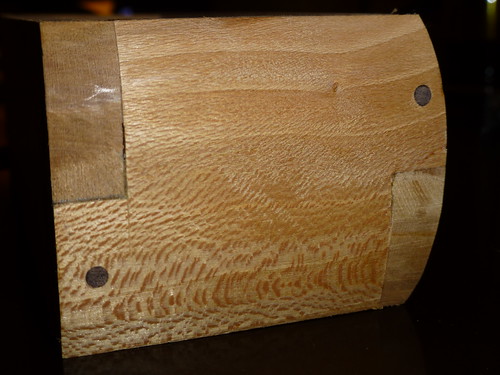Hi, all -
I'm making a small box of QS sycamore. The box is joined with lap joints at the corners; I'd like to pin them, and since I'm using walnut as a contrasting wood for the bottom and handle, it makes sense to use walnut dowels to pin the joints. I've made small diameter dowels in the past, but I'll be dipped if I can remember how. I'm thinking that I'll mill some walnut (I have nothing to rive, unfortunately) to a little proud of 3/16" square, then drive the wood through a piece of steel with a 3/16" hole drilled in it. Will this work? I'm not sure how I'm going to drill through steel thick enough to work for this, though. Any other ideas?
Thanks,
Scott





 Reply With Quote
Reply With Quote







